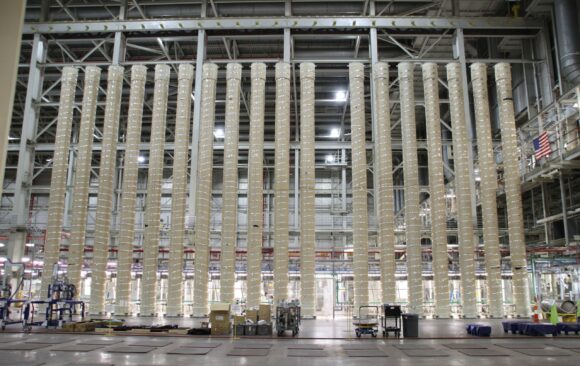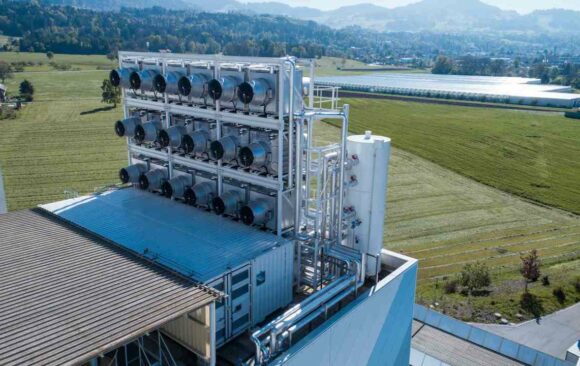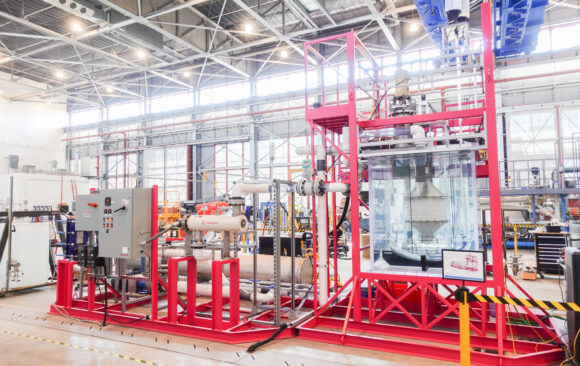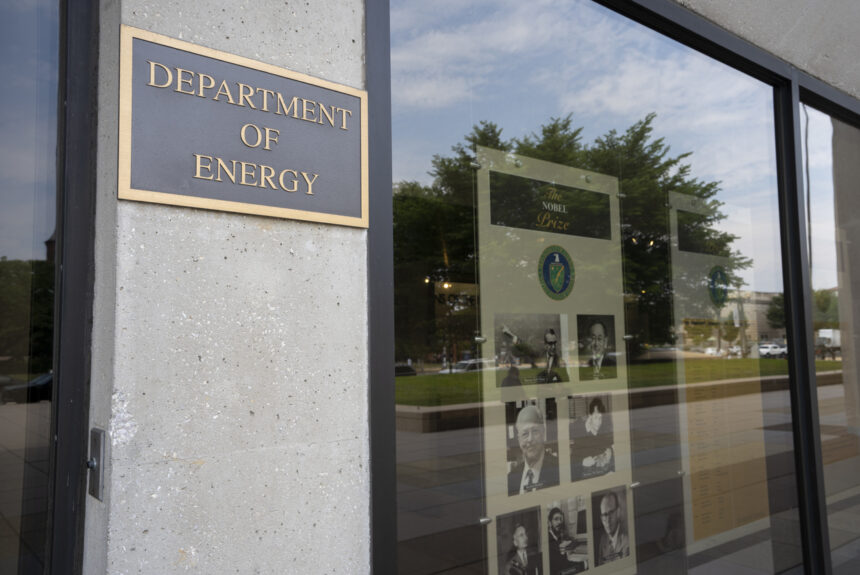February and March mark the beginning of appropriations season on Capitol Hill, a time when lawmakers will decide what federal programs to fund and at what level for the upcoming fiscal year. Many lawmakers are understandably wary of the current levels of spending. The Congressional Budget Office recently estimated that the U.S. would pay more on interest payments on our deficit than on defense, which hurts innovation and climate progress. As Congress looks to redirect spending and reduce the deficit, it should be careful to continue supporting investments in research and development to unlock innovation and protect our domestic energy security.
With that in mind, here are three programs that lawmakers should prioritize in the upcoming fiscal year.
1. Advanced Nuclear Fuel Availability Program

The U.S. is the largest producer of nuclear energy in the world. Despite the current fleet’s stellar track record on safety, reliability, and operational efficiency, the industry as a whole is beginning to shift towards advanced reactors. These next-generation technologies offer several potential benefits including lower construction costs, less spent fuel by-products, and faster build times. However, the U.S. faces one major problem in bringing these designs to market: Russia, which is currently the only commercial supplier of high assay low-enriched uranium (HALEU) which is necessary for a majority of advanced reactors.
>>>READ: Why Our Debt is Bad for the Climate
Recognizing this problem, Congress created the Advanced Nuclear Fuel Availability Program in the Energy Act of 2020. This program, which is housed in the Department of Energy’s Office of Nuclear Energy, supports the availability of HALEU for civilian domestic research, development, demonstration, and commercial use.
Since its inception, the Advanced Nuclear Fuel Availability Program has received consistent funding from Congress, which is bearing fruit for the industry. In 2022, Centrus Energy and DOE entered into a $150 million cost-sharing agreement that would see Centrus produce the nation’s first supply of HALEU. In 2023, Centrus delivered an initial 20 kilograms of HALEU at its centrifuge facility in Piketon, Ohio (pictured above), and is expected to boost annual production to 900 kilograms by the end of this year. While exciting, this is just a drop in the bucket; the Department of Energy projects that the U.S. will need 40 metric tons of HALEU by 2030 to deploy a new fleet of advanced reactors.
Continued support of this program is needed to capitalize on this momentum and prevent a nuclear energy future that is reliant on Russia. Outside of the appropriations cycle, Congress should expand domestic enrichment of low-enriched uranium which is needed to create HALEU. The U.S. currently has only one enrichment facility, which is owned by URENCO and 24% of total enrichment capacity is met by Russia. This could be done through downblending or through the programs authorized in the Nuclear Fuel Security Act, which was passed in the NDAA last year.
2. Office of Clean Energy Demonstrations

Established in the 2021 Infrastructure Investment and Jobs Act, the Office of Clean Energy Demonstrations (OCED) helps nascent technologies bridge the valley of death and reach market commercialization. OCED’s portfolio is large and diverse, having programs related to energy storage, hydrogen, and carbon management.
One of the most notable programs in OCED’s purview is the Carbon Capture Large-Scale Pilot Projects which recently announced up to $304 million in funding for four pilot projects in Wyoming, Kentucky, Mississippi, and Texas. In total these projects will capture the CO2 equivalent to removing 110,000 cars from the road while creating hundreds of construction and operational jobs. Additionally, last year OCED awarded $3.5 billion to two first-of-their-kind direct air capture hubs in Louisiana and Texas which will pull 1 million tons of CO2 from the atmosphere.
In the two and a half years of its existence, OCED has helped to advance clean innovations and bring next-generation technologies closer to market, which will support jobs in the future and give the U.S. an advantage in the global clean tech race.
3. Advanced Reactor Demonstration Program

Another product of the Energy Act, Congress created the Advanced Reactor Demonstration Program (ARDP) to speed up the deployment of advanced nuclear power. Through ARDP, DOE is engaging in two 50/50 cost shares with X-energy and TerraPower to build and deploy each company’s respective advanced reactor within seven years. The program has also awarded funding for five risk reduction projects to design and develop novel reactor technologies that can be licensed and deployed over the next 10 to 14 years. These projects would also focus on lowering the cost and realizing the potential economic benefits of advanced nuclear power. Awardees of this funding include Westinghouse’s eVici microreactor and Karios’ Hermes reactor which recently received approval from the Nuclear Regulatory Commission.
>>>READ: The World is Ready for Advanced Nuclear Power, New Polling Finds
Bringing first-of-its-kind nuclear reactor designs to market may require a coordinated effort between the public and private sectors. Continuing funding for ARDP is necessary to kickstart America’s advanced reactor industry and demonstrate the feasibility of this technology. It is also important to remain competitive in the global market—which China is currently leading. Investing in advanced nuclear today will prevent supply chain crunches and Chinese control in the future.
Investments in research and development have profoundly positive impacts on the U.S. economy. To be sure, Congress should provide strict oversight on all federal spending to reduce waste and abuse. Policymakers should also streamline regulatory burdens such as permitting and licensing to maximize federal dollars. As lawmakers look for ways to advance innovation while reducing the deficit, they should prioritize programs such as the Advanced Nuclear Fuel Availability Program, Office of Clean Energy Demonstrations, and Advanced Reactor Demonstration Program that have a high multiplier effect on the economy and strengthen American energy security.
The views and opinions expressed are those of the author’s and do not necessarily reflect the official policy or position of C3.
